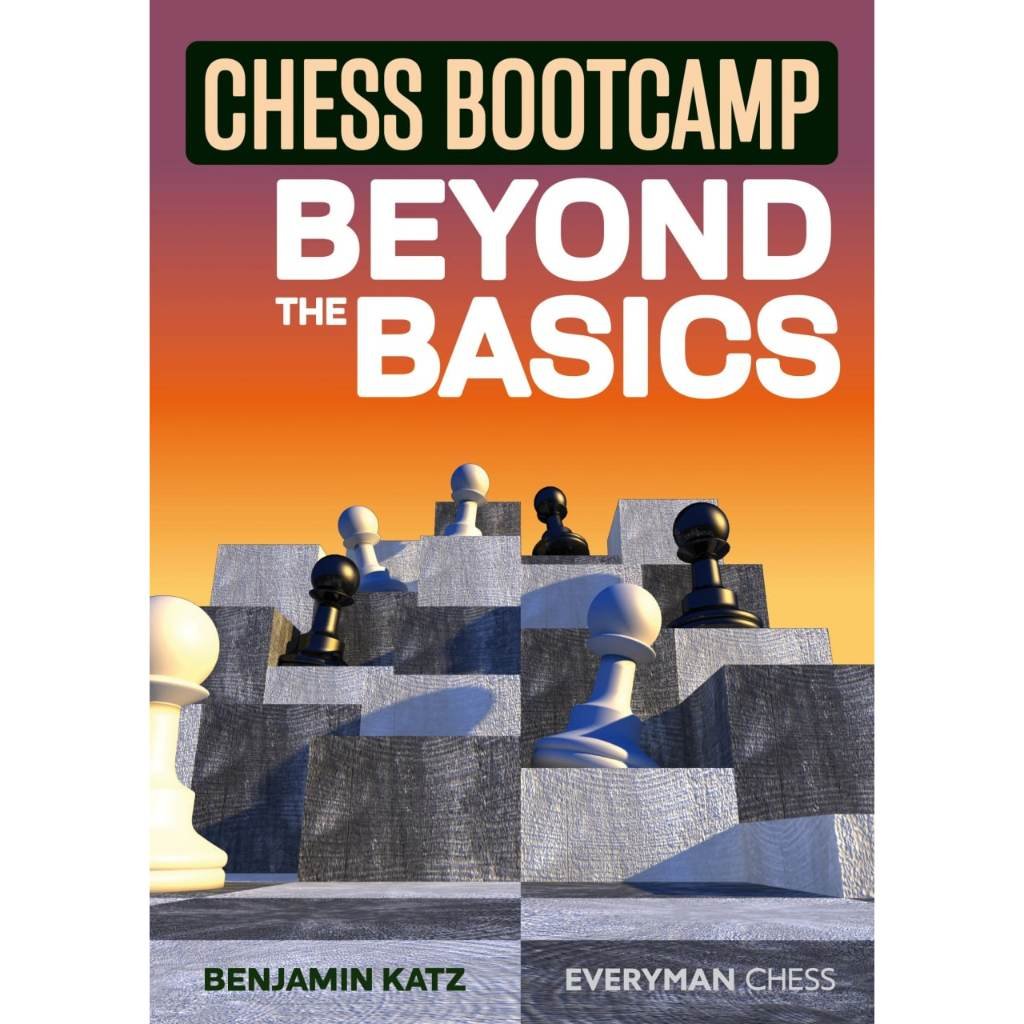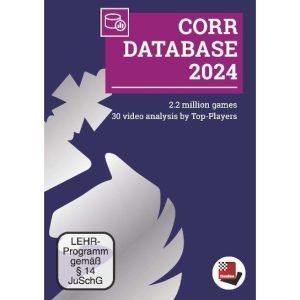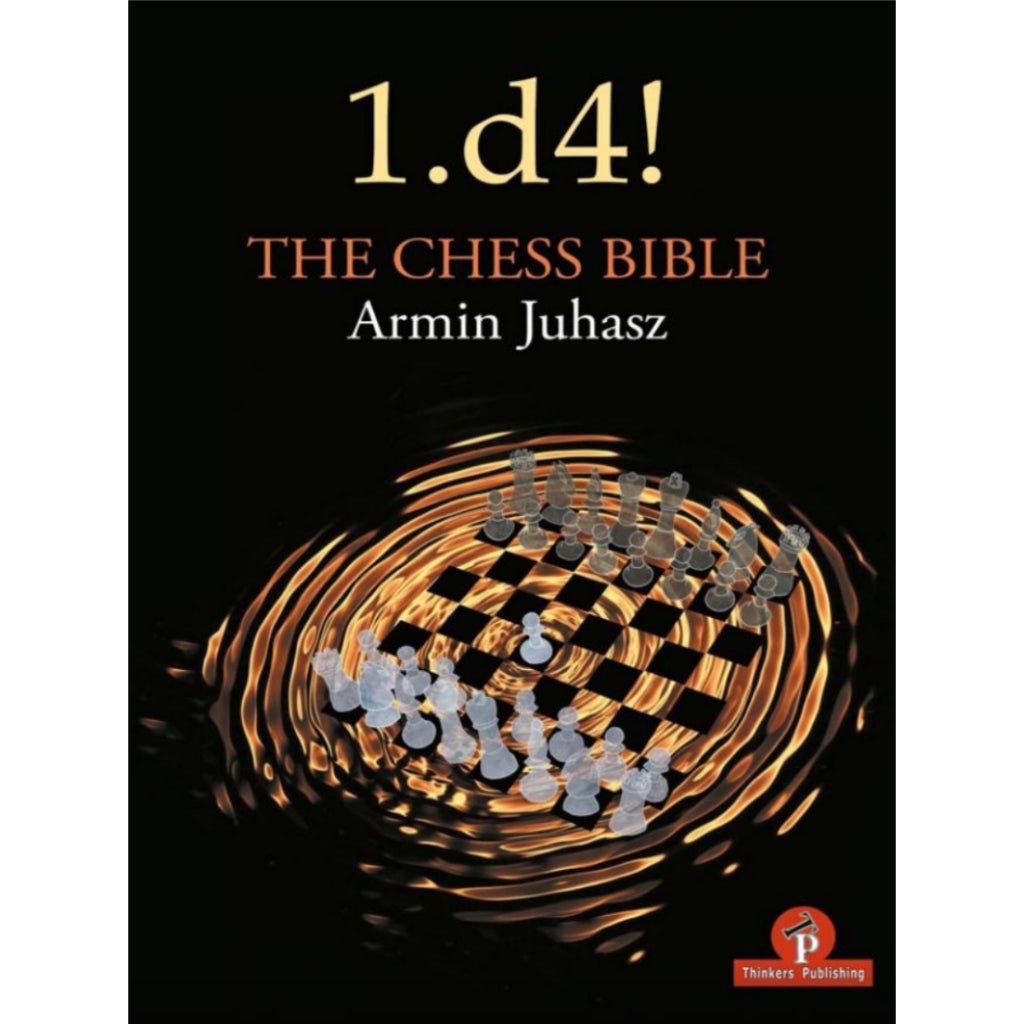Play the Petrosian Variation – Expert Repertoire against King’s Indian Defence – Part 1
Original price was: $ 100.$ 3Current price is: $ 3.
OFF - 97%9999 in stock

Description
Reviews (1)
Description
We are happy to introduce the first installment of two-part series by GM Michael Roiz – Play the Petrosian Variation – Expert Repertoire against King’s Indian Defence – Part 1
This course fits very well into the 1.Nf3 repertoire that GM Michael Roiz has built in the following databases:
1) 1.Nf3 d5 2.g3 – Expert Repertoire for White – Part 1
2) 1.Nf3 d5 2.g3 – Expert Repertoire for White – Part 2
3) 1.Nf3 Nf6 2.c4 g6 3.Nc3 g6 4.Nc3 – Expert Anti-Gruenfeld Repertoire – Part 1
4) Expert Anti-Gruenfeld Repertoire – Part 2
The starting position of the Petrosian System arises after 1.d4 Nf6 2.c4 g6 3.Nc3 Bg7 4.e4 d6 5.Nf3 0-0 6.Be2 e5 7.d5

White immediately clarifies the structure. Historically, in the Petrosian System, White has always tried to slow down Black’s kingside play by playing Bg5. GM Michael Roiz, however, advocates a different approach. For instance, in response to the main move 7…a5, he suggests 8.h3.

White declares his intention to harmoniously place the bishop on e3 and, in some cases, grab space on the kingside with g2-g4.
The current database is entirely dedicated to 7…a5. All other moves will be examined in Part 2. The course consists of 10 theoretical chapters, 10 interactive test positions, a Memory Booster, and a Video Version (1h and 40min).
Chapter 1 features the position arising after 7…a5 8.h3 Nfd7

A relatively rare move. Black moves his king’s knight towards c5 and unblocks the f-pawn. In this case, White’s most precise reaction is 9.h4! Since almost all black pieces are concentrated on the opposite side, this aggressive advance is getting more effective.
Chapter 2 covers 8…Nh5.

This is Black’s second choice, although 8…Na6 is much more common. In analogy to 6.h3 e5 7.d5 Nh5, Black is aiming to quickly develop play with f7-f5. At this point, Roiz suggests 9.Ng1. This original retreat is challenging for Black because his knight is attacked, and it makes …f7-f5 questionable. Further analysis shows that it’s not easy for Black to obtain counterplay in this line.
The following three chapters discuss the position arising after 8…Na6 9.Bg5 Qe8 10.g4

By playing g2-g4, White not only fights against the advance …f7-f5, but also gains space on the kingside. Very often, we can consider retreating the bishop to e3 followed by g4-g5.
GM Roiz covers three moves here – 10…Kh8, 10…Nc5, and 10…Nd7.
The most logical continuation is by far 10…Nd7. Black is planning to proceed with …Ndc5 followed by …f7-f5. In this case, White should continue with 11.g4 Ndc5 12.Rg1.

White is now well-prepared for …f7-f5. Also, g4 is covered, so potentially White can start extension with h3-h4. In all these positions, Black is under pressure.
Another interesting direction is 8…Na6 9.Bg5 h6 10.Be3 Nc5

This is Black’s top choice in this position. However, Roiz does not find it most challenging: White can easily neutralize Black’s pressure on e4 by playing 11.Nd2, while b2-b4 is getting more annoying.
The remaining three chapters feature the important tabiya arising after 8…Na6 9.Bg5 h6 10.Be3 Nh5 11.Nd2 Nf4 12.Bf1

Everything is ready for g2-g3, so Black is invited to show his cards. Black has tried many different options here. While Chapter 8 deals with the sidelines, the last two chapters examine the two most critical options: 12…f5 and 12…Nb4. In both cases, Roiz shows how White can pose practical problems.
Reviews (1)
1 review for Play the Petrosian Variation – Expert Repertoire against King’s Indian Defence – Part 1
Leave a Reply











Chelsi (verified owner) –
I would never recommend this book to anybody that I would consider a beginner, and maybe not even a “casual” player (depending on the definition).